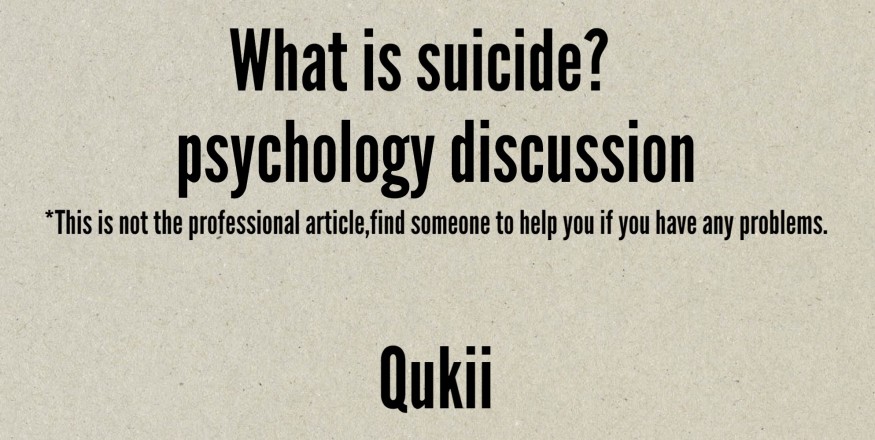Suicides are preventable. There are a number of measures that can be taken at population, sub-population and individual levels to prevent suicide and suicide attempts. LIVE LIFE, WHO’s approach to suicide prevention, recommends the following key effective evidence-based interventions:159Please respect copyright.PENANAigfxiu7Cgf
- limit access to the means of suicide (e.g. pesticides, firearms, certain medications);
- interact with the media for responsible reporting of suicide; foster socio-emotional life skills in adolescents; and early identify, assess, manage and follow up anyone who is affected by suicidal behaviours.
These need to go hand-in-hand with the following foundational pillars: situation analysis, multisectoral collaboration, awareness raising, capacity building, financing, surveillance and monitoring and evaluation.
Suicide prevention efforts require coordination and collaboration among multiple sectors of society, including the health sector and other sectors such as education, labour, agriculture, business, justice, law, defence, politics, and the media. These efforts must be comprehensive and integrated as no single approach alone can make an impact on an issue as complex as suicide.159Please respect copyright.PENANALzxtaZH3R6






















